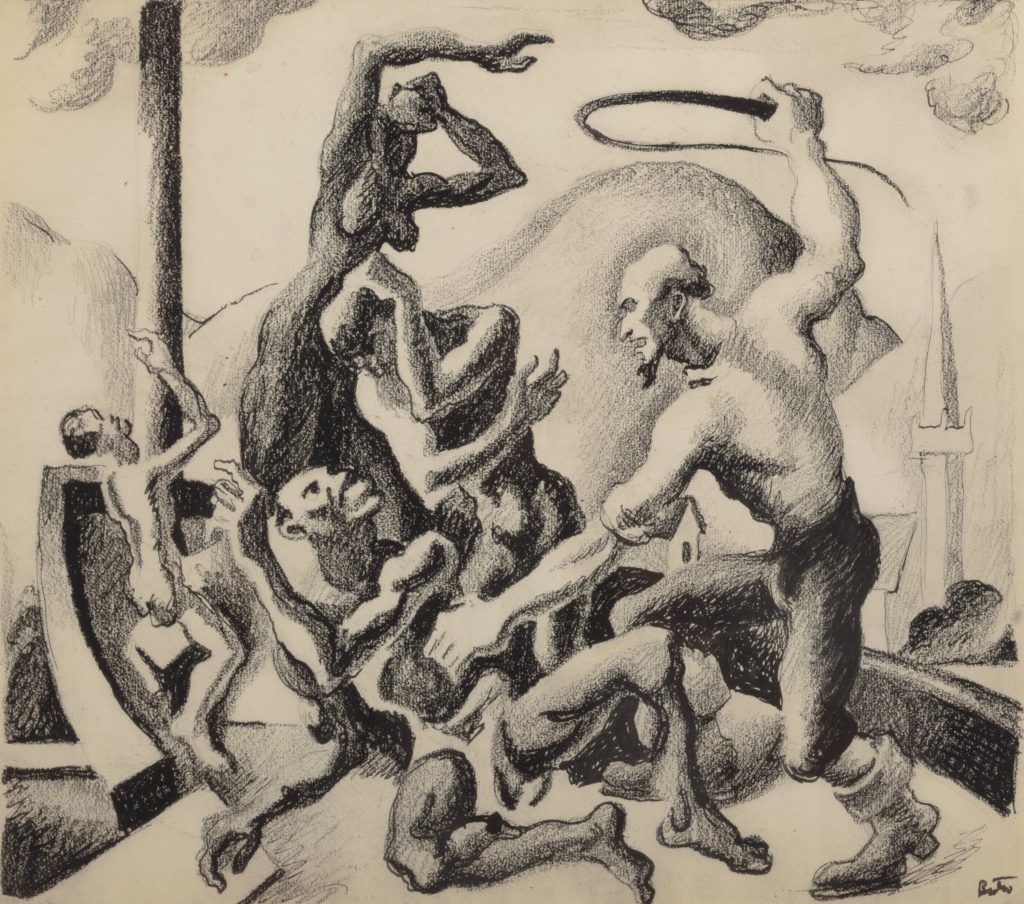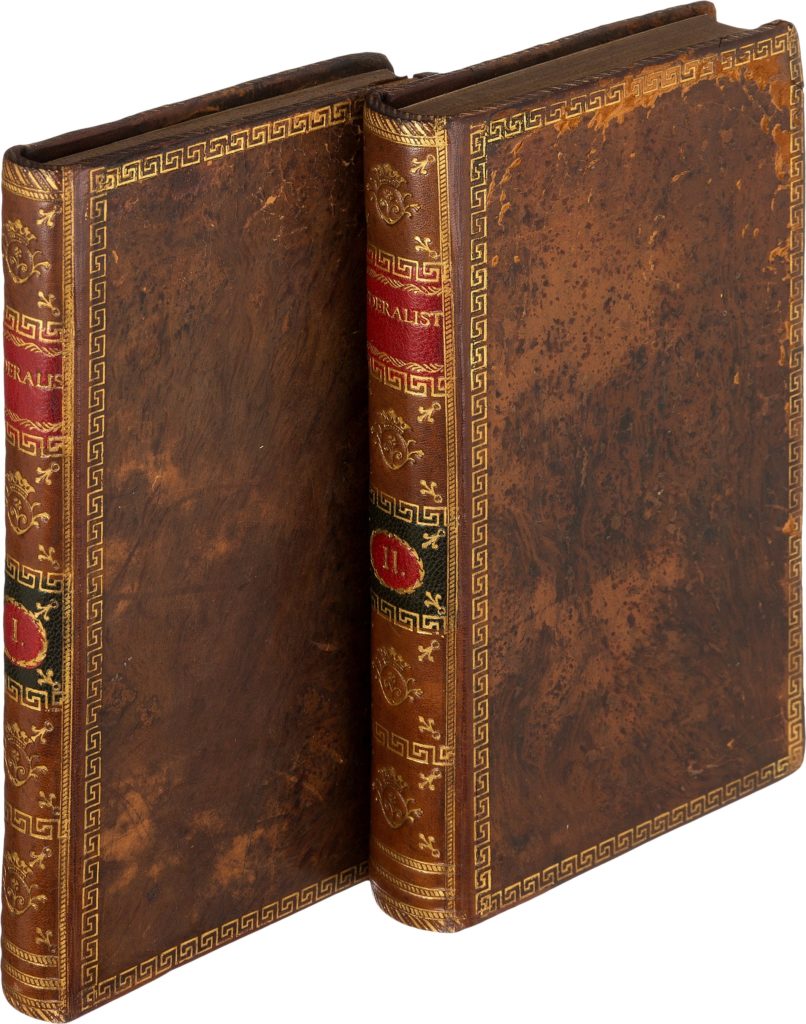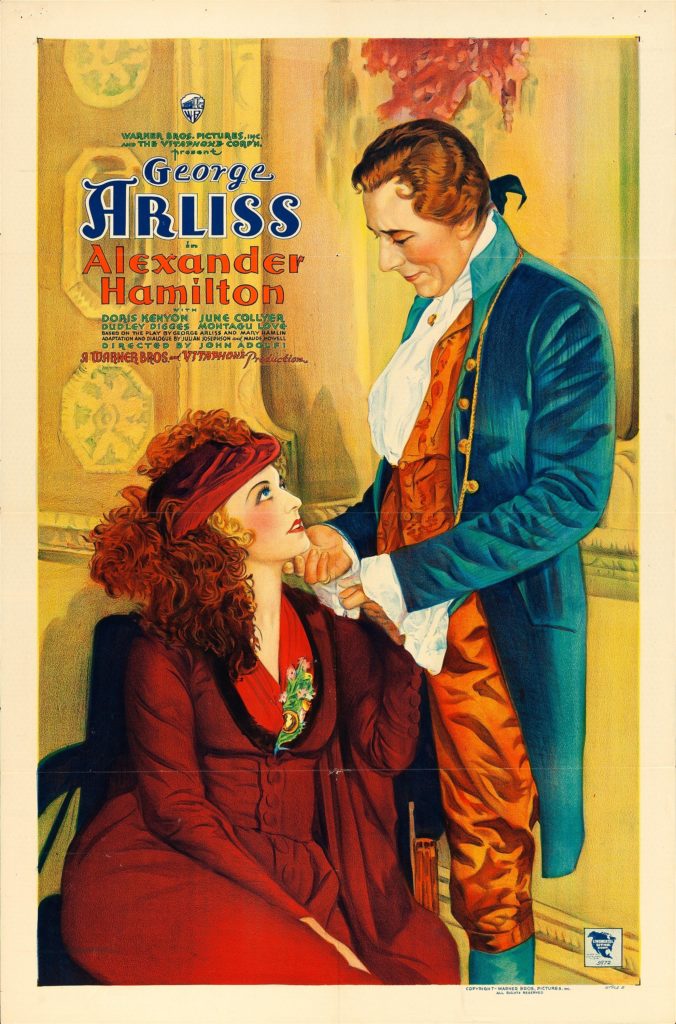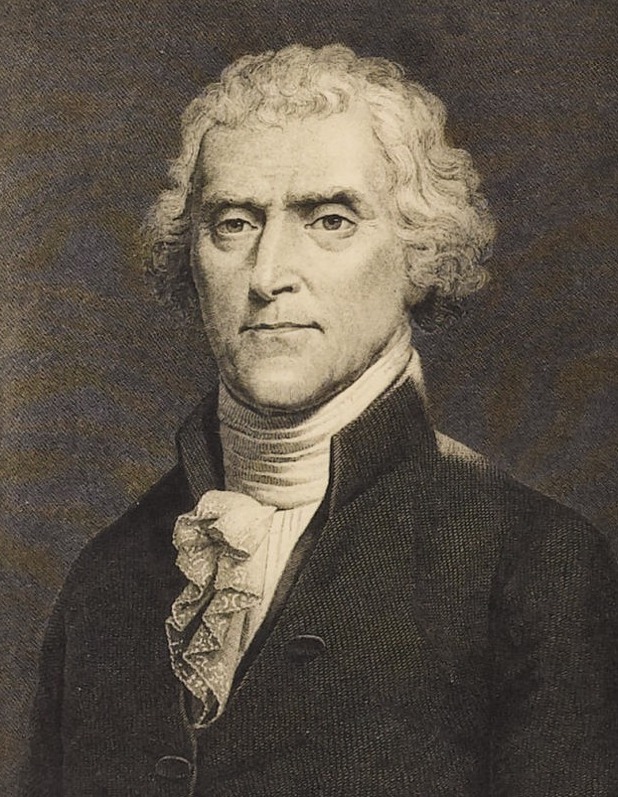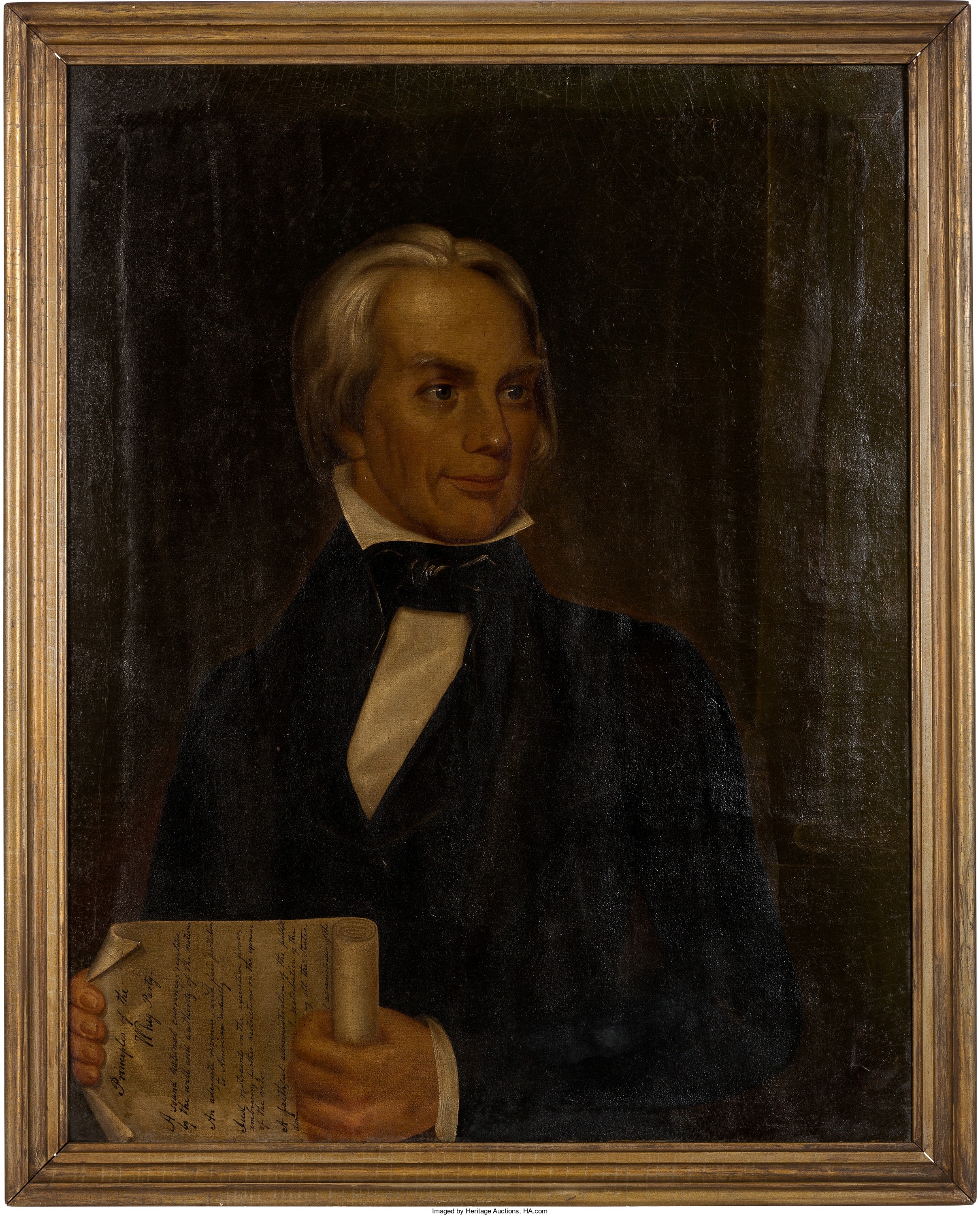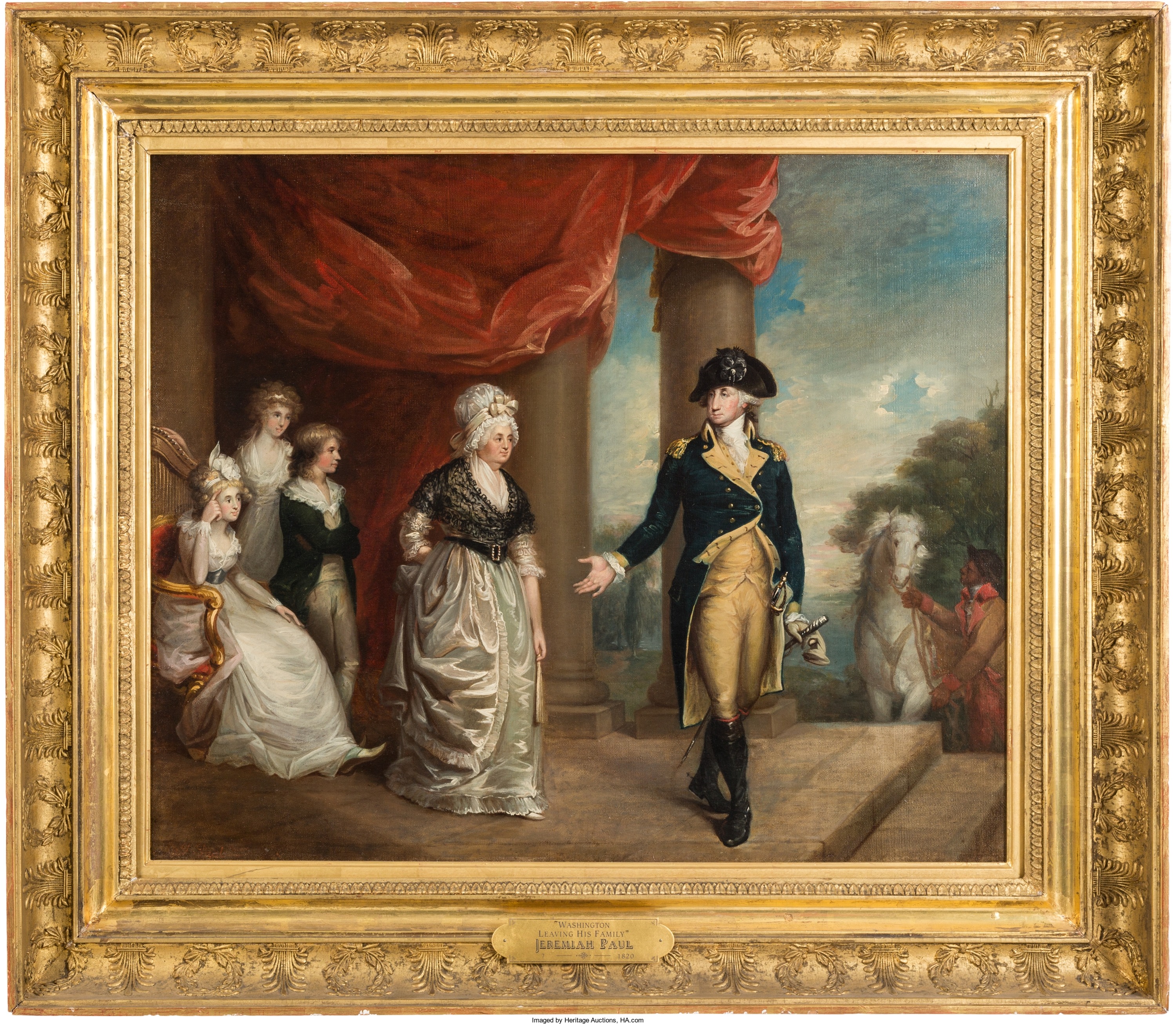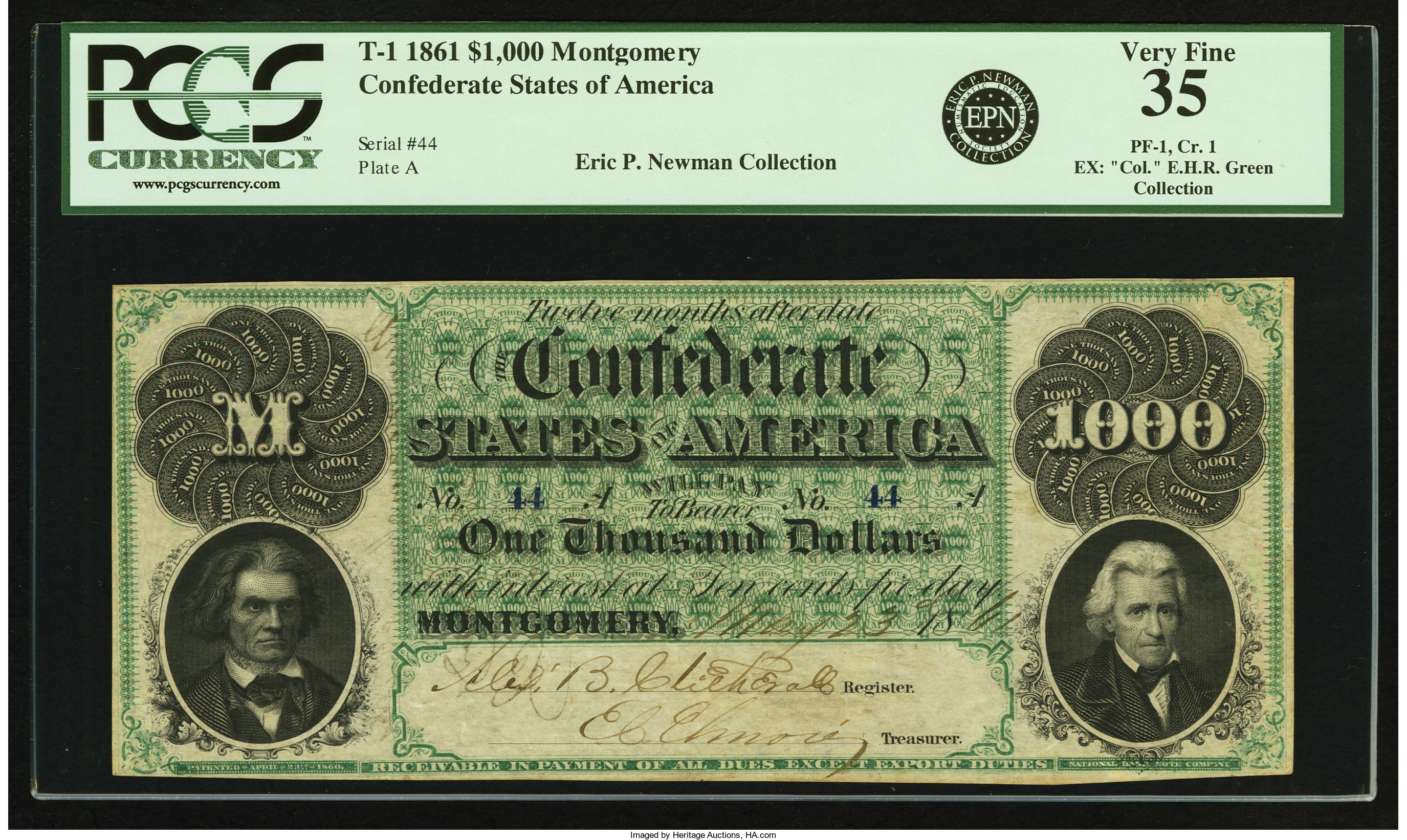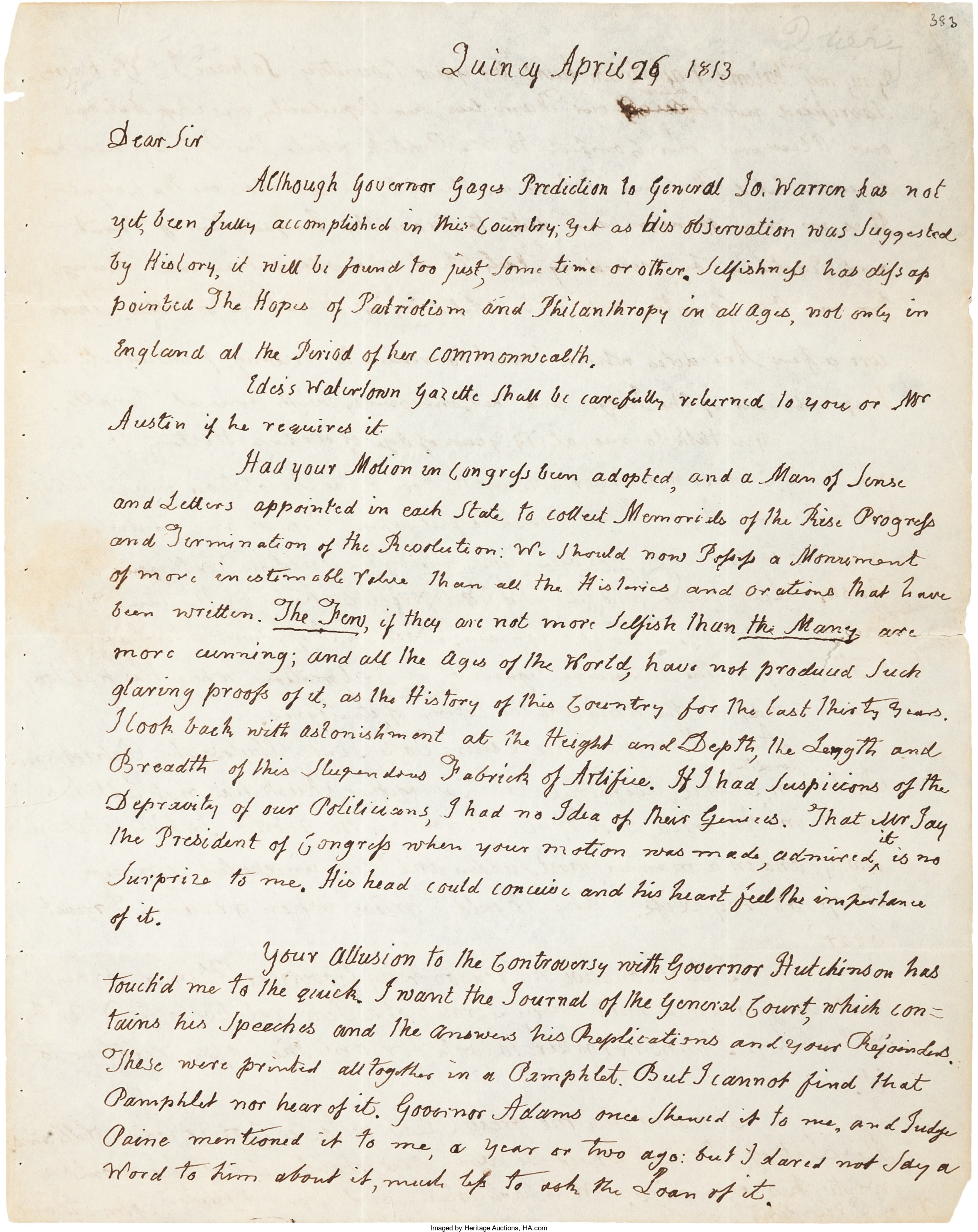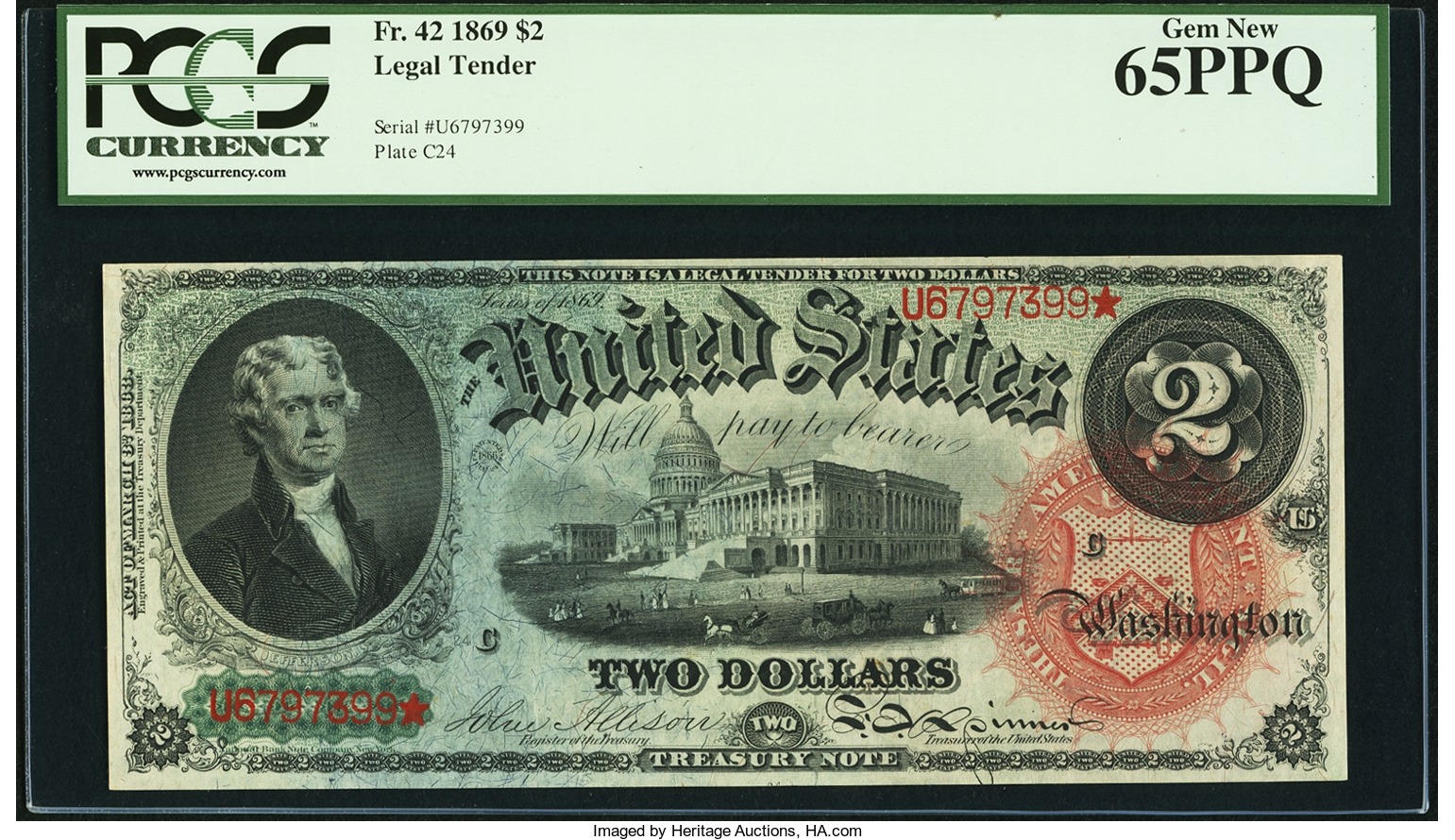
By Jim O’Neal
The 1800 census reported 5.3 million people living in the United States – more than twice the number in the colonies at the beginning of the American Revolution. There were four cities with populations greater than 10,000 – Baltimore, Boston, Philadelphia and New York. Half of all Americans were under 16 years old.
The men and women who were born between 1776 and 1800 would not have had any contact with the colonial era. They would have none of the sensibilities of having been subjects of the King of England. They were the inheritors of the revolution and took seriously that they had inherited a remarkable revolution. They intended to demonstrate to a world of monarchs what democracy, what a democratic society could truly be.
Thomas Jefferson’s influence was the most pervasive in this generation and was constantly the subject of discussion. The statesman Henry Clay loomed as a hero as did DeWitt Clinton, because of his leadership in building the Erie Canal. Jefferson was important because he so clearly articulated a different conception of what a republic could be and he had a unique vision of how human beings could participate in their society. He is a point of reference throughout this period.
Once the Revolutionary War was won, there was an outpouring of people into the western parts of New York, Virginia, Georgia and Pennsylvania. By 1820-1830, people primarily farmed since 85 percent lived in rural areas.
Then came the shift to commerce, manufacturing and the professions – medical, teaching, preaching, legal. This required an infrastructure of teachers as literacy spread almost everywhere. Railroads, canals, steamboats and roads were all enablers of this new society, allowing it to flourish and grow.
The military was small, other than the swelling for the War of 1812, but troops quickly demobilized from 70,000 back down to 14,000. West Point was teaching civil engineering, with military people participating in economic life via the railroads and canals. Each veteran received 160 acres of land and they pushed further west.
In the North, almost everyone was educated, including free blacks. In the South, fewer were educated, but there were lots of academics for planters’ children. When the British writers Frances Trollope and Charles Dickens toured America, they found a society that was intoxicatingly free and saw things they loved: the outpouring of human energy, voluntary association at will, the zeal of forming a society to determine America’s character.
To paraphrase Benjamin Franklin when asked what the founders had created: “A republic, madam, if you can keep it.”
The first generation of Americans did a pretty fair job and we are still reaping the benefits of their efforts. I hope this generation does as well in keeping the flame of liberty burning brightly. America is still a unique place on Earth.
 Intelligent Collector blogger JIM O’NEAL is an avid collector and history buff. He is President and CEO of Frito-Lay International [retired] and earlier served as Chairman and CEO of PepsiCo Restaurants International [KFC Pizza Hut and Taco Bell].
Intelligent Collector blogger JIM O’NEAL is an avid collector and history buff. He is President and CEO of Frito-Lay International [retired] and earlier served as Chairman and CEO of PepsiCo Restaurants International [KFC Pizza Hut and Taco Bell].

